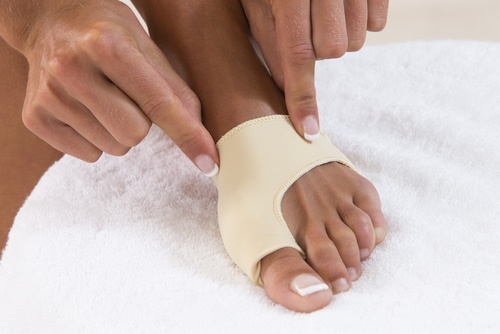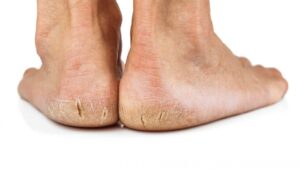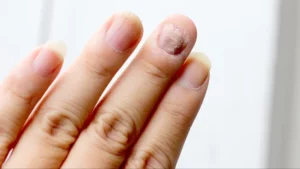Are you wondering what the signs of a bunion are and the treatment options available? Are foot bunions hereditary? These are all perfectly good questions especially if you have never encountered the problem before. Having bunions can be a painful and uncomfortable experience, and it helps to know what you can do about it.
So what is a bunion on foot? Well simply put, a bunion is an enlargement or an inflammation of the joint located at the base of the toe. If you feel pain in the said area and one toe appears larger than the other, then there is a good chance you might have the said problem. In this piece, we will tackle how you can recognise cases of a bunion, the cause and how to remedy the problem.
So what are the signs and causes of a bunion?
Some common tell-tale signs of a bunion include having a largely deviated toe that seems to crowd or overlap the others. It is also common to have a callus form at the base of the affected toe along with inflammation, soreness and swelling. So what is the cause of bunions?
Bunions most commonly affect women and this mostly due in part to wearing tight-fitting shoes particularly narrow high heels that force the toes together. Some individuals are more prone to bunions than others due to hereditary factors and family history. The problem is also common among people with arthritis and similar conditions affecting the toe joint.
A doctor can diagnose cases of bunion upon observation of the signs mentioned above. If your foot joints hurt or feel irritated, then you need to be examined by a doctor. The assessment may consist of an x-ray and a physical exam.
Bunion treatment without surgery
It is possible to treat bunions without surgery involved as long as it is at the early stages. The treatment can be as simple as inserting a pad between the affected toe and the others to secure the latter into a comfortable position. There are two versions of this pad – a thick splint pad that you can wear during the night and a thinner version for daytime use. A doctor can also recommend stretching exercise to ease the inflammation. In any case, you should refrain from wearing high heels or any tight fitting shoes to give your foot time to recover.
Bunion bone surgery
In severe cases, bunion treatment may require surgical intervention if the pain persists after a non-surgical approach causing deformity and affecting mobility. Depending on the cause and extent of the problem, your doctor will determine the right surgical approach which includes osteotomy (surgical cutting and removal of bone), exostectomy (excision of bony bumps) and ligament or tendon repair, just to mention a few.
Doctors almost always perform bunion surgery on an outpatient basis with general or local anaesthetics. Following the surgery, you may be in for a brief hospital stay to facilitate recovery. Your surgeon will then give you instructions for home care including pain medication, wound dressing and even some toe joint exercises. Post surgery, make sure to attend follow-up checkups to keep track of your recovery and position of the realigned toe joint.
Would you like to learn more? We at “Mod Pod Sports Podiatry” would be more than happy to help! Call us today on 1300 809 874 and arrange a consultation.










